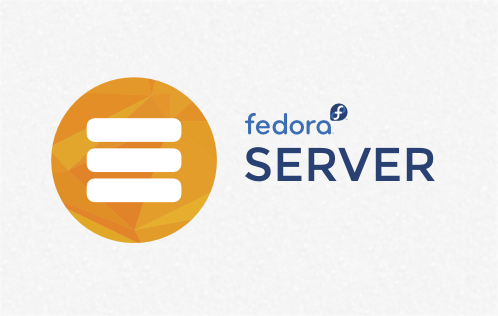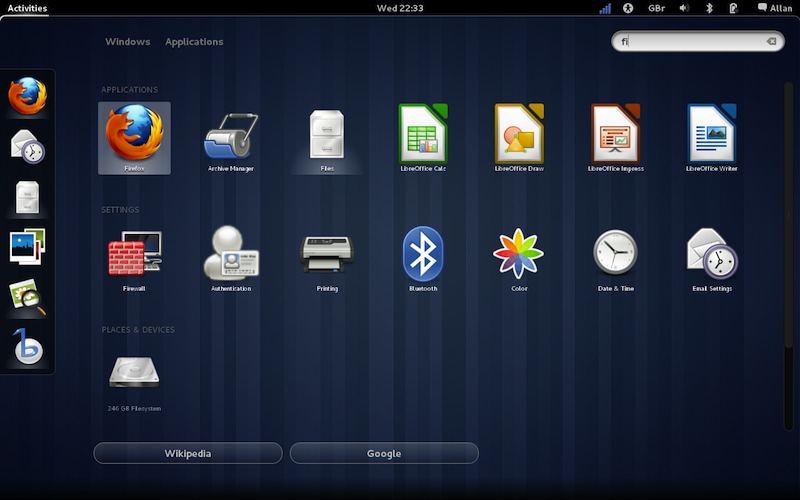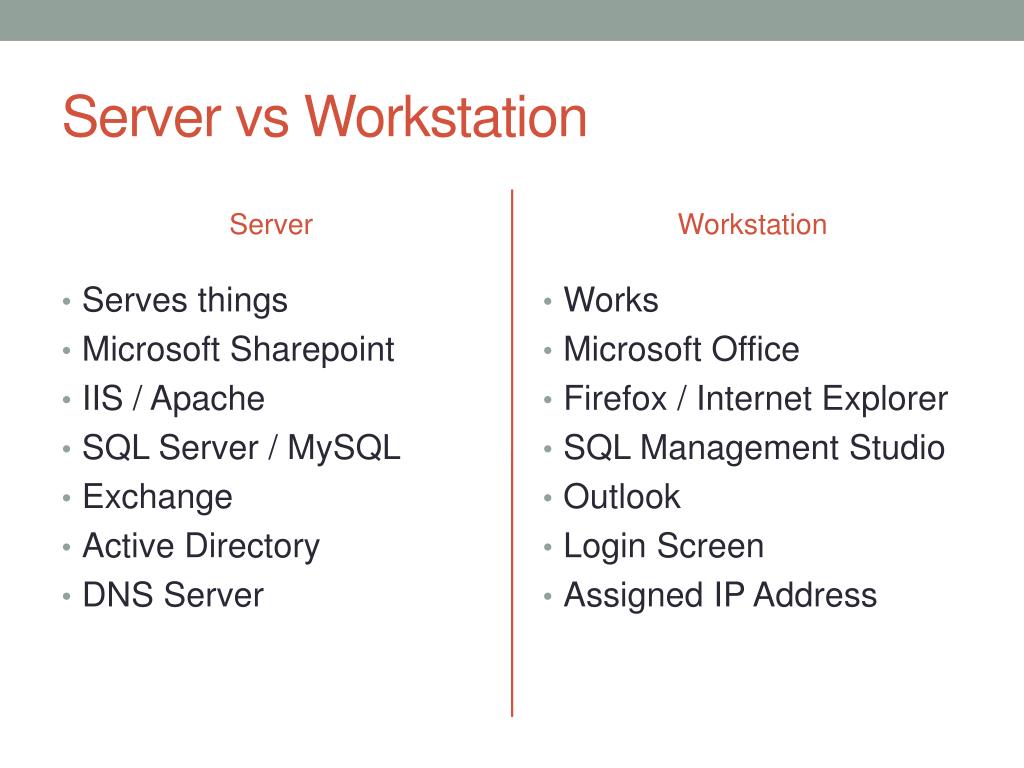

- Fedora workstation vs server upgrade#
- Fedora workstation vs server software#
- Fedora workstation vs server code#
- Fedora workstation vs server iso#
Unexplained reasons is a distinct statement from the Server Vision The Server PRD's Mission Statement (which for Similar to Workstation, the Server PRD does not describe a drasticĭeparture from the way Fedora is currently designed, although thereĪre some points worth noting. Should work fine on the Workstation product in the future.
Fedora workstation vs server iso#
Package formats, repositories, and ISO images that serve Fedora today Otherwise, however, the PRD mostly notes that there are few changesĪnticipated from the way Fedora is currently developed: the same Whether or not GNOME would be the default desktop environment (aĬhoice which was also the subject of considerable debate on the The goals do not specify certain components, such as
Fedora workstation vs server code#
Still work on code that needs an older cURL release, developers would
Fedora workstation vs server upgrade#
If it is impossible to upgrade Fedora's cURL package and


Words, development environments should be able to be isolated from theīase system. Something other than the latest Fedora Workstation itself. Possible to develop a program on a Fedora Workstation that targets
Fedora workstation vs server software#
Without disrupting software development-that is, it should be The goals also include the ability to upgrade the OS's own packages Interesting to see Fedora adopt it as a goal outright. That concept was the subject of considerable discussion at GUADEC 2013, so it is Updated, and removed much like mobile apps are on smartphone and List includes support for container-based applicationĪpplications that can be installed (perhaps on a per-user basis), There are some interesting choices in the list. "robust upgrades," require little explanation or justification. The PRD also spells out a set of technical goals. That "developers" was a suitable target audience at all. Platform for a broad assortment of users. Some felt, for example, thatĮxplicitly restricting the target audience to developers was majorĬhange, and that Fedora had historically sought to be a desktop Targeting software developers as the primary user segment is aĬontroversial choice to some project members there was a lengthy debate Welcome other users to the Fedora Workstation." System and what we try to design this for, we do of course also " While the developer workstation is the main target of this Four use casesĪre spelled out, including computer science students and developers The "Target Audience" section is interesting, if onlyīecause the target is explicitly software developers. Reflecting Fedora's long history of developing a workstation-friendlyĭistribution. The Workstation PRD is the shortest document of the three, perhaps (such as Rails, Sinatra, Django, OpenStack, and Eucalyptus). Supporting specific application frameworks and orchestration projects

Included, while the Cloud PRD goes into considerable detail about Server PRDs do not address specific components or packages to be Work remains in order to build the final product. Specifying target users (and/or use cases) and outlining what further The three product PRDs share a few common factors, such as Subject of much debate presumably they are the well-established The plan also involves a "Base" layer beneath EnvironmentĪnd Stacks, but so far the contents of Base do not seem to be the PRD from the "Environment and Stacks" working group that lays outĪn intermediate platform layer on which the three top-level Fedora products They are available on the Fedora wiki ( Workstation, Picture has begun to emerge about what the three products willīill Nottingham, writing on behalf of the Fedora Engineeringįebruary 4 that all three PRDs had been submitted and accepted byįESCo. Submitted their Product Requirements Documents (PRDs), so a clearer Served than they are by trying to build a single, monolithic product That-hopefully-the three product classes would be better The three products would share aĬommon core, but could more easily differentiate themselves in Own set of requirements for a distinct Fedora final product: Initiative is a new approach to the construction of the distribution.Īssembling three "working groups," each of which would craft its


 0 kommentar(er)
0 kommentar(er)
